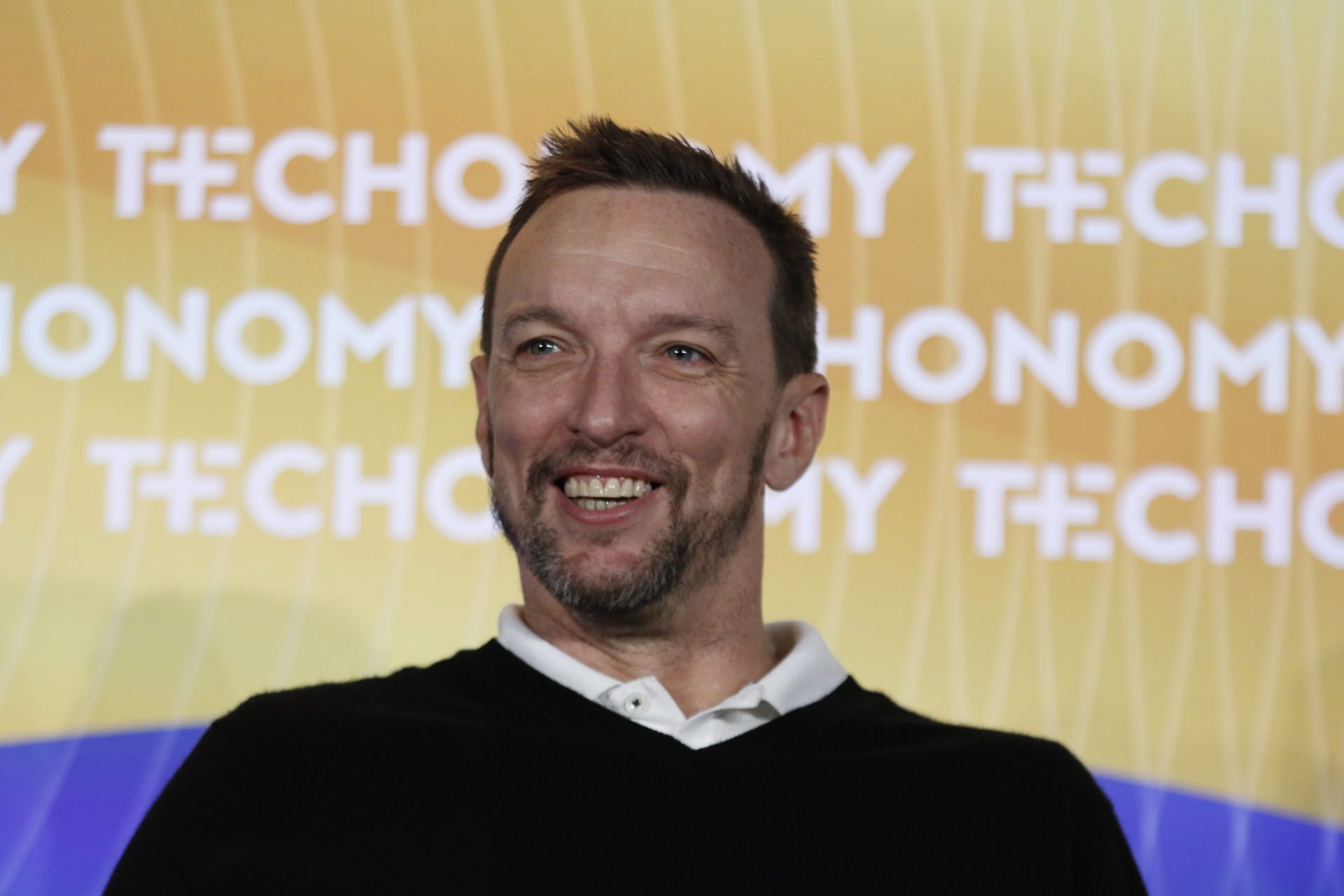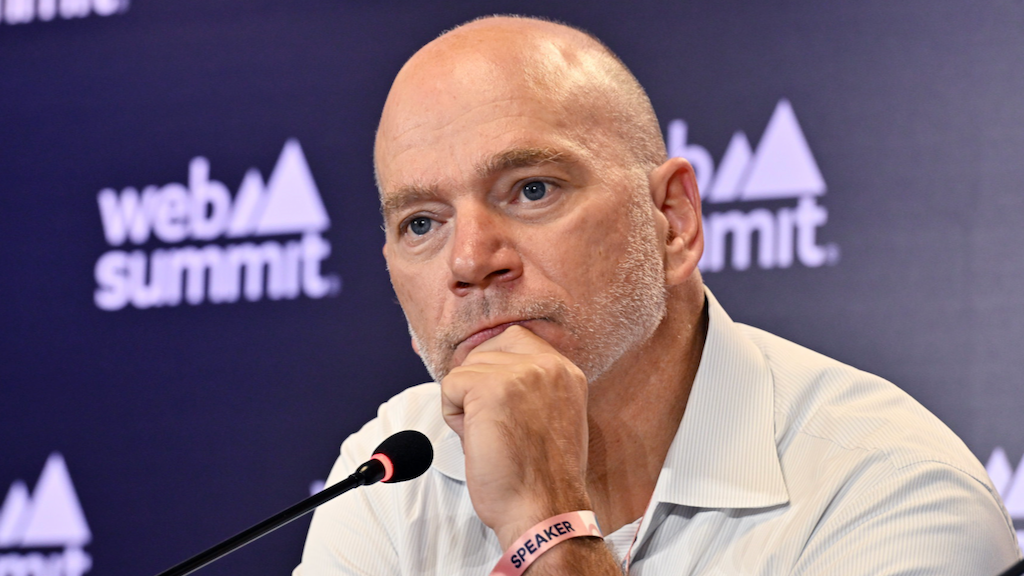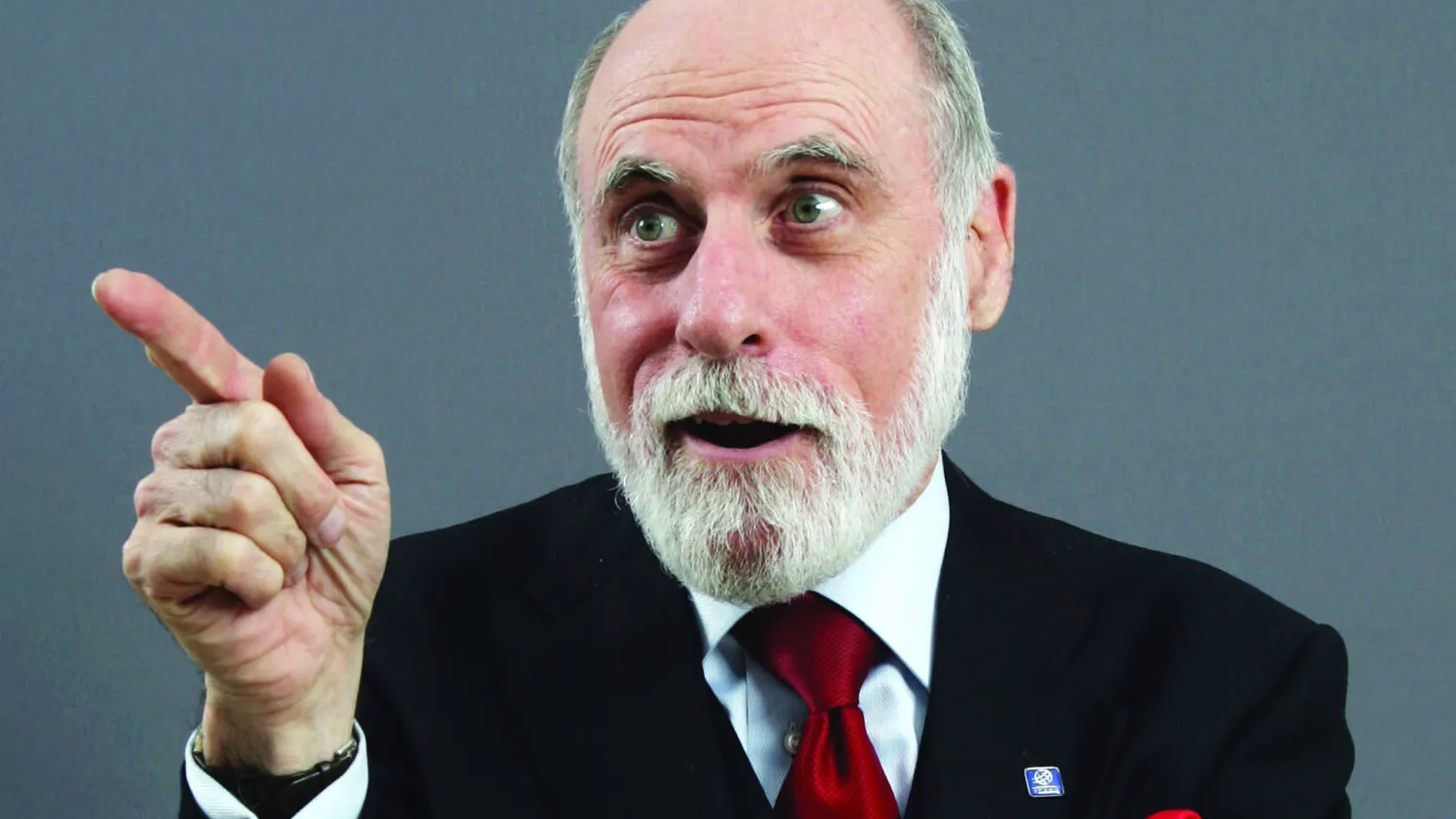“When you think about globalization, the question is how fast can fintechs address global needs and gaps. ”That’s how BMC’s Strategic CTO, Greg Bukowski began a discussion about disruption across the financial services industry. The conversation addressed how data, automation, and the hybrid cloud are driving customer experience innovation. Bukowski was joined by Morgan McKenney, the just-departed former COO of Global Consumer Banking at Citi and CDX Founder Drew Ianni at the recent CDX + FIN Accelerate FinTech Summit in New York City and online (speakers appeared in person at CDX’s offices).
“Financial disruption is accelerating as we speak,” said McKenney. “Most banks have realized they can’t do everything themselves and, even for large banks, partnering with fintechs – to improve capabilities with your customers – is a well-trodden path. [Disruption] has already happened on the consumer front, and soon it’s going to happen in a much deeper way at the institutional level, with new digital currencies and networks.”

Data is the New Digital Currency
BMC believes successful companies in the future will be “autonomous digital enterprises,” in which automation is not just used to streamline routine tasks and monitor and troubleshoot digital systems and networks. They will also be able to continually analyze and refine corporate and consumer data to make it more powerful. Bukowski said “data is the new digital currency.” He added that BMC finds that all financial services firms, including disruptive fintechs, are looking to leverage value-added data and insights derived from automated processes that allow them to provide superior customer experiences and journeys.
McKenney agreed and talked about the challenges created historically because Citibankwas assembled over time as the result of dozens of acquisitions. Each of them had different databases and systems, so the challenge was integration, particularly in data processing and automation. She believes that to fully embrace automation and best take advantage of the cloud, companies “have to have an amazing data stack to be able to drive and automate continuous learning, while leveraging AI to help with things like personalization for consumer applications.”
Not Everything Has Moved to the Cloud
While there has been plenty of hype around public cloud providers and the innovations, solutions and cost savings they can deliver, most global financial services firms still continue to rely heavily on mainframe, on-premise computing to run their operations.
Said McKenney: “As we think about cloud at a high level, Citi processes $4 trillion worth of payments a day, and holds $1.3 trillion of balances on behalf of our customers. And that means you need hyper-resilient, ultra-secure, always-on systems.” She noted that many financial services firms have moved some data and infrastructure to the cloud because of the added scalability and agility that allows, but that a significant amount of computing infrastructure, systems resiliency, and data storage remains on-premise, since security is so critically important.

“We work with several large banks and the vast majority of their business still runs on mainframes,” added Bukowski. “In fact, we just released a mainframe survey where we interviewed 1600 customers, and 92% of them are growing workloads on their mainframe, on-premise systems.” He also acknowledged that the share of workload going to the cloud is increasing because it “provides superior scalability and the opportunity to efficiently create and deploy applications that impact the customer experience and journey.” Bukowski believes we will live in this “hybrid” IT world for some time, but as mission-critical business applications are redeveloped over time they can migrate to the cloud and be accessed as SaaS based applications and solutions.
Building For The Future – Mastering The Customer Experience
Looking ahead, Bukowski noted that larger financial services firms have a unique opportunity to “partner with the fintechs building out these platforms and services and migrate what would be mainframe workload into cloud-based SaaS services.” He currently sees this happening, for example, in the insurance industry which he describes as “a commoditized market taken over by fintechs – where the savvy players are reducing their mainframe footprint and using more SaaS-based (cloud) solutions.”
McKenney said the future is about “digitizing end-to-end,” adding “it’s not just about the glossy, customer-facing front-end. It’s everything in the middle and the back-office that ultimately delights the customer.” She believes that as far as customer experience goes, the bar is now being set as much by companies outside of financial services as both inside it. The customer expects to have great experiences regardless of what kind of company they are interacting with or where they are engaging that brand. McKenney also believes traditional financial service providers can more proactively involve their customers in product development: “I would love to see Citi’s customers giving the bank product ideas, where they become our product developers as well.”
Bukowski closed the session by suggesting that the autonomous digital enterprise will recognize that its computing and application development infrastructures must ultimately be architected and deployed to make internal teams more efficient and productive. Automation will play a big role and “as companies fundamentally transform their operational models, that will move workloads off the mainframe and into the cloud.” This will take time, of course, and enterprises of all sizes must continue to innovate and improve the customer experience by leveraging a hybrid I.T. stack.









